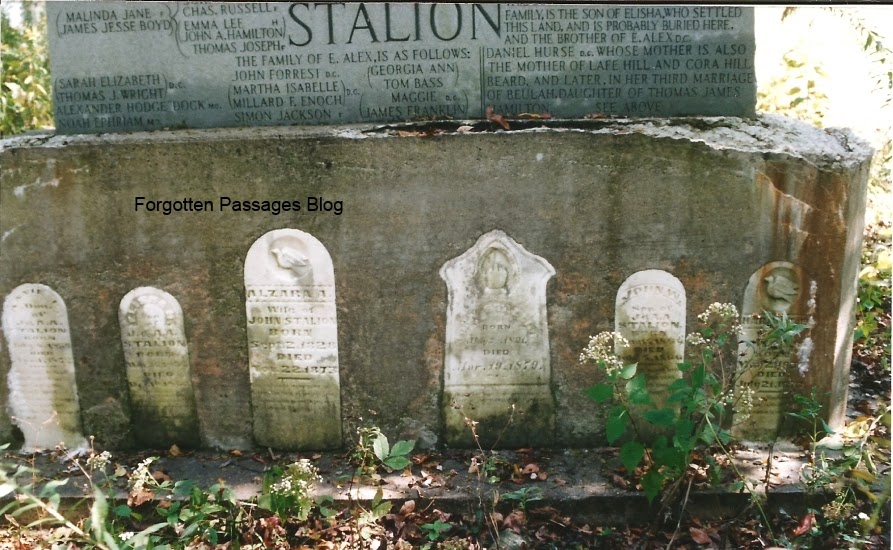From an article published in 1948 about the Fluorspar Industry at Mexico, Ky.
Pictured at right are Fluorspar specimens, showing cubic crystals and octahedral cleavage, which is the smaller ones.
Crystals from Mexico - some of them are transparent as glass, others translucent, that is, clear enough to permit light to shine through them.
And they are in various colors, white, amber, green, rose, blue and purple.
Are these crystals precious stones? No, but they look so much like gems that they are frequently called false ruby, false emerald, false amethyst, and so on, depending on their color and the precious stones they resemble.
The colors are imparted to the crystals by impurities that they contain; the purple hue is believed to be due to traces of manganses.
Some forms of these colored crystals are made into vases and other ornaments. Very perfect uncolored crystals are used in making fine lenses.
What are these crystals? They form the structure of a mineral called fluorspar or fluorite, which is a combination of calcium and flurorine having the chemical name, calcium fluoride.
This is was taken underground at the 500-foot level of the Tabb No. 1 Mine, which was a part of the Lafayette Mines located between Mexico and Frances, Ky.
You can see the veins of fluorspar on the left. Pictured drilling into the vein was James O. Farmer and Larnie Kinnes.
Made in 1948.



.JPG)
.JPG)




